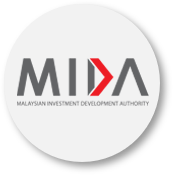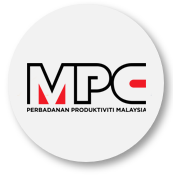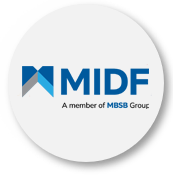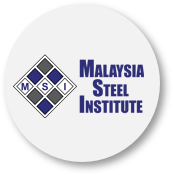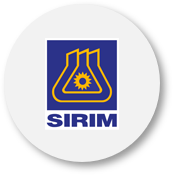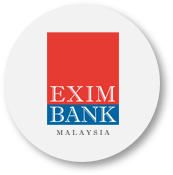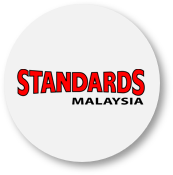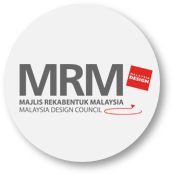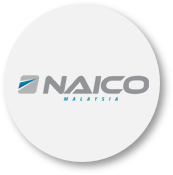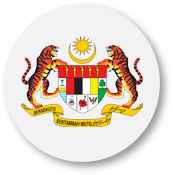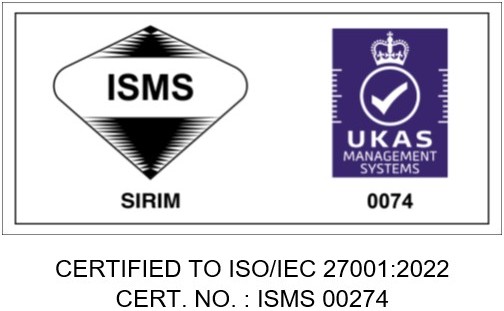Under the AEC Blueprint, ASEAN seeks to achieve a well-integrated and smoothly functioning regional financial system, characterized by more liberalized capital account regimes and inter-linked capital markets. In 2011, the ASEAN Central Bank Governors adopted the ASEAN Financial Integration Framework (AFIF) to provide a general approach to the liberalization and integration initiatives under the AEC. The AFIF aims to have a semi-integrated financial market by 2020.
The ASEAN Central Bank Governors agreed on the end-goal of financial integration which recognizes that:
(a) each ASEAN Member State (AMS) has its own initial conditions; and
(b) each AMS may define its own milestones and timelines to achieve the common end goal of financial integration.
Some members may be able to achieve the end goal earlier, while some may follow later.
Financial integration in ASEAN will be accomplished through the following initiatives:
i) Financial Services Liberalization (FSL), including Banking Integration
The gradual removal of restrictions on ASEAN banks, insurance companies or investment companies in providing financial services in other AMSs will be implemented. AMSs meet and negotiate on what financial services each country is willing to liberalize during the specified period. The process of liberalization takes into consideration the readiness of the member economies, with an aim to have free flow of financial services (subject to pre-identified flexibilities) by 2020. In particular, AMSs target the operation of Qualified ASEAN Banks (QABs), which shall be accorded equal treatment as the domestic banks in the host jurisdiction, in each of the ASEAN member economies.
To date, five rounds of negotiations of FSL have been completed, while the sixth round is ongoing and is expected to be completed by end-2013. The ASEAN Banking Integration Framework, which states that AMSs will work towards allowing entry of QABs in the region, has been approved in principle.
ii) Capital Account Liberalization (CAL)
ASEAN aims to achieve freer flow of capital by gradually removing restrictions on foreign exchange transactions such as those in the current account (CA), foreign direct investments (FDIs), portfolio investments (PIs) and other flows (OFs), while imposing adequate safeguards.
To date, assessment and identification of rules of AMSs on foreign exchange transactions have been completed. Individual roadmaps, which show member countries’ plans to progressively liberalize their capital account regimes, have been drafted.
ii) Capital Market Development
ASEAN also focuses on developing the region’s capital market by building capacity and laying the long-term infrastructure to achieve integration of capital markets in ASEAN. This will be implemented through harmonization of domestic laws and regulations and linkage of market infrastructure. The following have been accomplished so far:
- Linkage of three ASEAN Exchanges (Malaysia, Singapore and Thailand) via a single trading platform with a combined market capitalization of US$1.4 trillion from more than 2,300 companies. The ASEAN Linkage is expected to enhance the region’s profile and visibility to investors by providing convenient access to all ASEAN markets through an electronic gateway;
- Harmonization of prospectuses for cross-border primary offerings of securities under the ASEAN Equity Disclosure Standards and ASEAN Debt Disclosure Standards (“ASEAN Disclosure Standards”) has been completed. Issuers offering equity and plain debt securities in multiple jurisdictions within ASEAN will only need to comply with ASEAN Disclosure Standards. Malaysia, Singapore and Thailand will be the first group of AMSs to adopt the ASEAN Disclosure Standards1;
- Completion of framework to reduce the review timeframe of secondary listing application;
- Launching of the ASEAN corporate governance scorecard, which aims to raise corporate governance standards and practices of ASEAN public-listed companies via the assessment and ranking of the companies using a universal scorecard; and
- Development of the Bond Market Development Scorecard, which measures the state of ASEAN’s bond market development, openness and liquidity, and provides a basis to identify market gaps and track the removal of such gaps over time.
iii ) Harmonized Payments and Settlement Systems (PSS)
This area of integration includes harmonization of ASEAN PSS as a financial infrastructure to support the AEC 2015. Short-, medium- and long-term strategic plans to implement a harmonized PSS in the region have been developed.
An assessment of the current situation in the PSS in the region and formulation of priority policy recommendations in the development and harmonization of ASEAN PSS have been completed.
Roles of the ASEAN Central Bank Governors and Finance Ministers
The ASEAN Central Bank Governors and Finance Ministers provide guidance and direction in the implementation of the work programs of the different working committees/task forces on financial integration.
The Senior Level Committee (SLC) on ASEAN Financial Integration composed of Central Bank Deputies and Chairs/Co-Chairs of the different working committees played a critical role in ensuring the implementation of key milestones and timelines of financial integration in the region in the last two years. Said committee was co-chaired by the BSP and Bank Negara Malaysia in June 2011-2013. While the SLC and the Central Bank Governors/Deputies focus on issues concerning central bank functions (banking integration, capital flow liberalization, payments and settlement systems), the Finance Ministries provide guidance on the sectors under their jurisdiction such as insurance services, securities markets, taxation, and customs, among others.
Other Initiatives to Support the Financial Integration Agenda in ASEAN
ASEAN and ASEAN+3 countries (China, Japan and Korea) employed several initiatives to support the financial integration agenda in the region, such as:
i) Capacity-Building Initiatives
ASEAN recognizes the need to provide necessary capacity building and other initiatives to narrow the development gaps among ASEAN economies and bring all AMSs to fully participate in the ongoing integration efforts. Capacity-building needs and possible suppliers have been identified.
ii) Financing Arrangements
To assist countries with short-term liquidity difficulties, AMS established the US$1 billion ASEAN Swap Arrangements (ASA) in August 1977. The ASA was later increased to US$2 billion in 2005, to enhance its credibility and usefulness, upon the signing of a Memorandum of Understanding (MOU) among AMS. The MOU has been renewed four times, the latest of which was signed on 10 October 2013 renewing the ASA for two more years beginning 17 November 2013.
The Chiang Mai Initiative Multilateralization (CMIM), a US$120 billion multilateral currency swap facility was launched in March 2010 and designed to assist countries with short-term liquidity difficulties. The amount of the CMIM facility was doubled to US$240 billion in May 2012.
iii) Surveillance and Policy Dialogue
The ASEAN Integration Monitoring Office (formerly called the Macroeconomic and Finance Surveillance Office) was officially established in May 2010 under the ASEAN Secretariat to enhance its surveillance capacity to monitor regional economic integration. The ASEAN+3 Macroeconomic and Research Office was incorporated in April 2011 and started operations in May 2011 to serve as the independent regional surveillance unit of the CMIM.
Last Updated 2015-05-14 11:59:40 by admin2







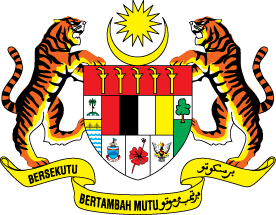





 Home
Home








